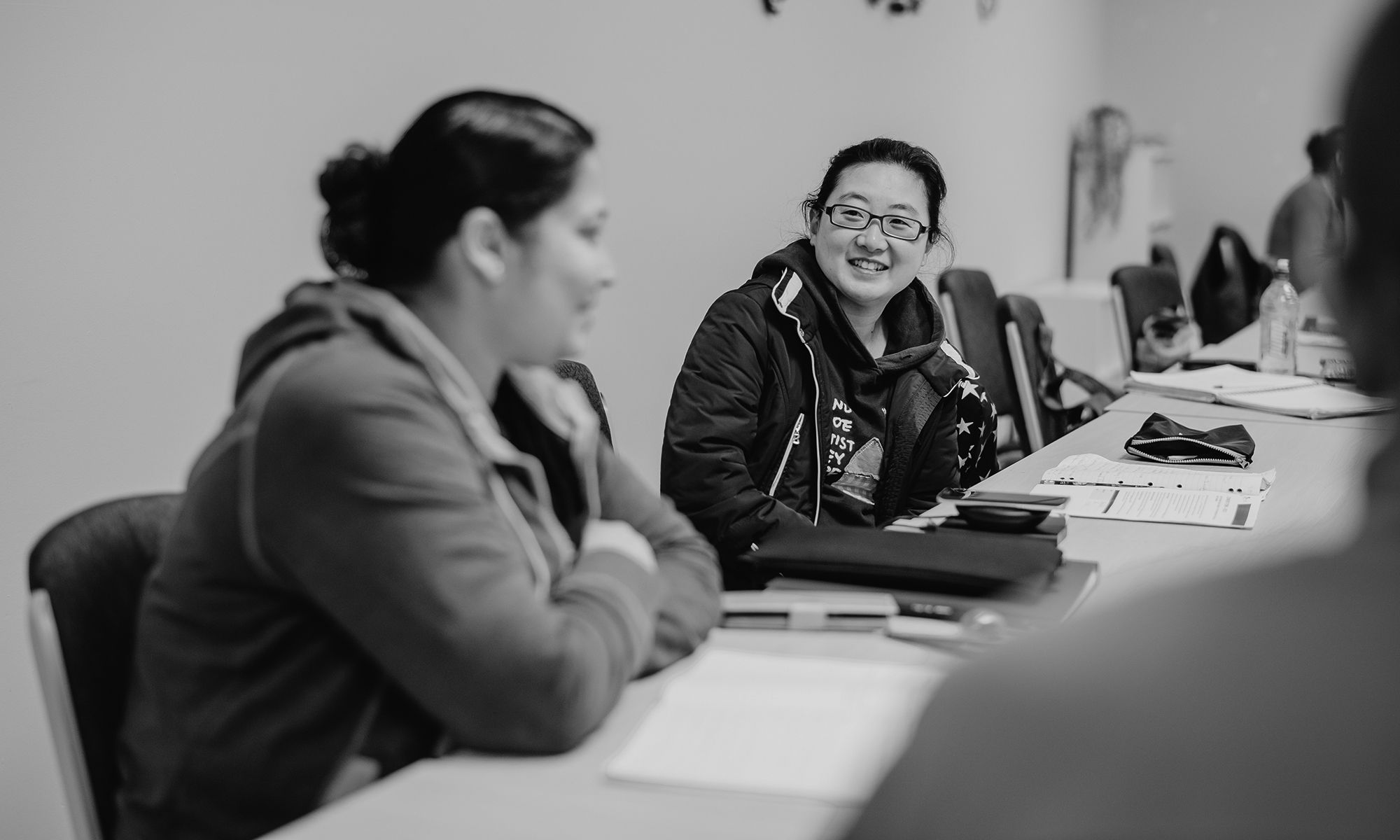Authors: Donna Rooney and Kirsty Young
University of Technology Sydney
Edition: Volume 63, Number 1, April 2023
Introduction: This paper addresses the question of why young Australians with intellectual disability (ID) remain underrepresented in open employment despite significant investment by various stakeholders. It uses the analogy of Whack-a-Mole (an arcade game) to draw attention to the complexity young people face during transition, and to illustrate how addressing one barrier in isolation is unlikely to result in successful transitions. In response to repeated calls for more holistic understandings of the transition process for young adults with ID, the paper draws upon the work of Urie Bronfenbrenner to present an adaptation of his model to map the ecologies of young people with ID’s as they seek to transition from school to open employment. The model illustrates the complexity of transition, a proliferation of stakeholders, and traces how transition is contingent on much more than young adults with ID’s capabilities. It invites further consideration of, and utility for, an ecological model as a basis for imagining possibilities to increase the number of people with ID in open employment and concludes by raising some questions that stakeholders might ask.
Keywords: disability, school-work transition, ecological model, Bronfenbrenner, intellectual disability, young adults
[feather share] Share a copy of this abstract.
This article is part of AJAL, Volume 63:1. The entire volume is available in .pdf for purchase here.
